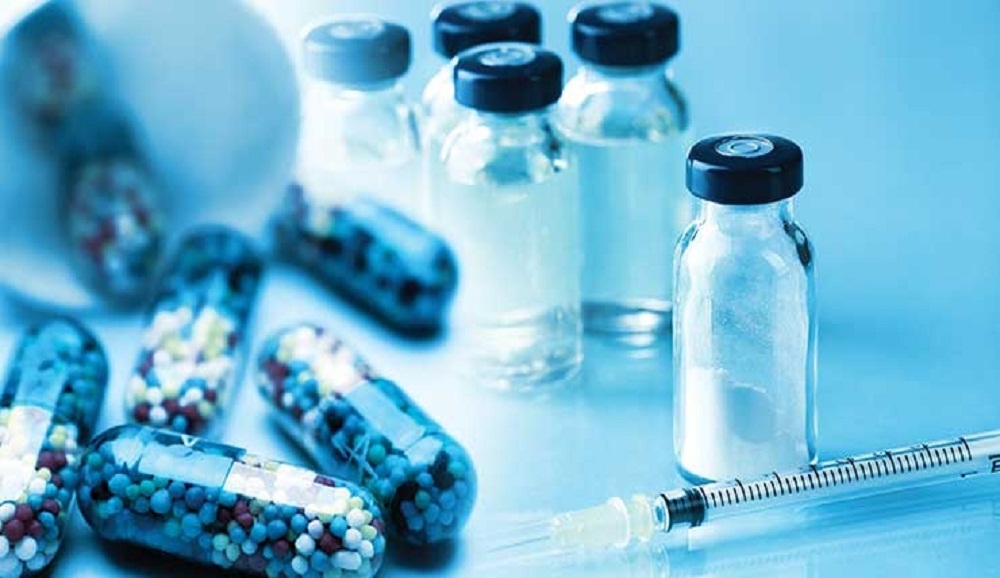 Civil Engineering with Computer Application | Electronics and Computer Science | Robotics & Artificial Intelligence |
Civil Engineering with Computer Application | Electronics and Computer Science | Robotics & Artificial Intelligence |
Important Documents For Admission (2025 - 2026)
 Civil Engineering with Computer Application | Electronics and Computer Science | Robotics & Artificial Intelligence |
Civil Engineering with Computer Application | Electronics and Computer Science | Robotics & Artificial Intelligence |

The recent decades have seen tremendous progress in the pharmaceutical industry. The complex and large industry is involved in the development, production, and marketing of pharmaceutical drugs, both in the local and the global market. The rising potential for the Indian pharmaceutics manufacturing sector in the global arena continues to benefit industry growth and exports.
Most of the pharmaceutical drugs manufacturing companies deal with generic and branded medications to be sold domestically or exported to other nations. The current production of drugs includes antibiotics, vitamins, steroids, hormones, and biological products, practically covering the entire range of pharmaceutical formulations required for the healthcare industry.
In this article today, we will first understand what is meant by pharmaceutical formulations and what different types of pharmaceutical formulations exist.
What is a Pharmaceutical Formulation?
A pharmaceutical formulation is an outcome of a complex process in which different chemical substances are combined with active drugs to get the intended medicinal product. The final drug mixture or formulation is the mixture of pharmaceutically accepted active ingredient/s and one or more selected inactive ingredients.
Pharmaceutical formulations are of different forms and types depending on the need and acceptance. Generally, pharmaceutical formulations are given to patients in different forms such as liquid, solid, or semisolid. There are diverse formulation studies involved in the development of drugs that help to ensure that the final drug is both stable and safe for the patients.
Types of Pharmaceutical Formulations
Most of the orally taken drugs take the form of solid formulations and are incorporated into a capsule or tablet for the convenience of the patients.
Unlike solid formulations that take time to disperse into the body after administration, liquid and semi-solid formulations are more readily absorbed. These pharmaceutical formulations are administered in different ways, such as oral or topical.
These formulations are easier to swallow and are generally suggested for children and old-age patients. Some formulations are added with flavorings and sugar to make them more palatable. Most of the oral preparations are available as solutions, emulsions, or suspensions, and must be shaken well before use.
Topical preparations are generally administered directly by applying them onto the affected area of the body. Some of the common topical drug formulations are eye drops, nasal drops, ear drops, nebulizers and inhalers, gels, lotions, creams, and ointments.
These formulations are in a liquid form and are mostly injected directly into the body using injections. They directly enter the bloodstream and bypass the digestive tract to make the drug act faster. There are different types of injections, such as subcutaneous injection, intramuscular injection, and Intravenous injection.
To effectively prepare a pharmaceutical formulation, it is necessary to gain hands-on education on pre-formulation studies. It is crucial to be able to evaluate and formulate the drugs for their stability and chemical interactions. We, at Indore Institute of Pharmacy, a PCI approved pharmacy college in Indore, understand that pharmaceutical professionals play a crucial role in ensuring good health for the nation and hence make sure that we prepare our pharmacy students with the finest of pharmaceutical education. Our cutting-edge curriculum, eminent faculty, and state-of-the-art infrastructure facilities provide the students with a quality learning experience and comprehensive understanding of the field. Students at IIP are taught and trained with hands-on,industry-centric knowledge and skills to help them become dynamic, competent, and future-ready pharmaceutical professionals.